Archives
- 2025-11
- 2025-10
- 2025-09
- 2025-03
- 2025-02
- 2025-01
- 2024-12
- 2024-11
- 2024-10
- 2024-09
- 2024-08
- 2024-07
- 2024-06
- 2024-05
- 2024-04
- 2024-03
- 2024-02
- 2024-01
- 2023-12
- 2023-11
- 2023-10
- 2023-09
- 2023-08
- 2023-07
- 2023-06
- 2023-05
- 2023-04
- 2023-03
- 2023-02
- 2023-01
- 2022-12
- 2022-11
- 2022-10
- 2022-09
- 2022-08
- 2022-07
- 2022-06
- 2022-05
- 2022-04
- 2022-03
- 2022-02
- 2022-01
- 2021-12
- 2021-11
- 2021-10
- 2021-09
- 2021-08
- 2021-07
- 2021-06
- 2021-05
- 2021-04
- 2021-03
- 2021-02
- 2021-01
- 2020-12
- 2020-11
- 2020-10
- 2020-09
- 2020-08
- 2020-07
- 2020-06
- 2020-05
- 2020-04
- 2020-03
- 2020-02
- 2020-01
- 2019-12
- 2019-11
- 2019-10
- 2019-09
- 2019-08
- 2018-07
-
In the present study we
2020-04-24
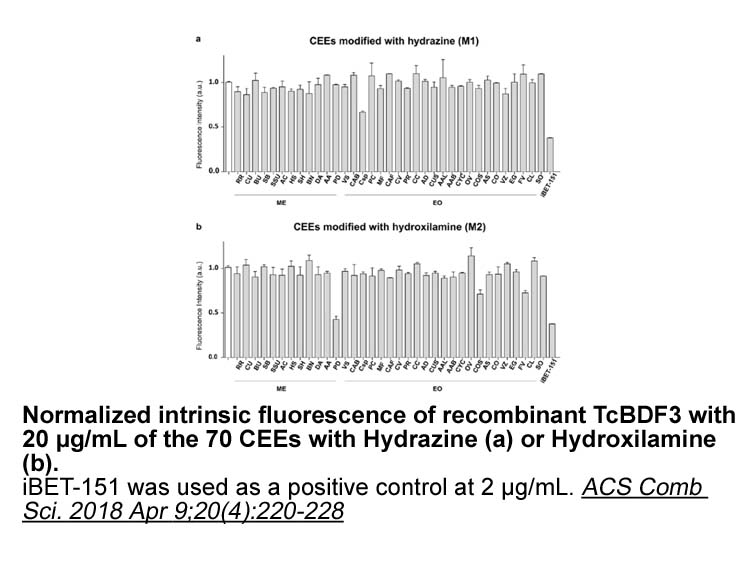
In the present study, we have examined, an alternative approach for introduction of Hyp into bacterial, non-animal collagens. Previously, Gruskin and colleagues [27] had shown that Hyp could be introduced into recombinant mammalian collagen sequences in E. coli through a mechanism of co-translationa
-
br Results and discussion br
2020-04-24
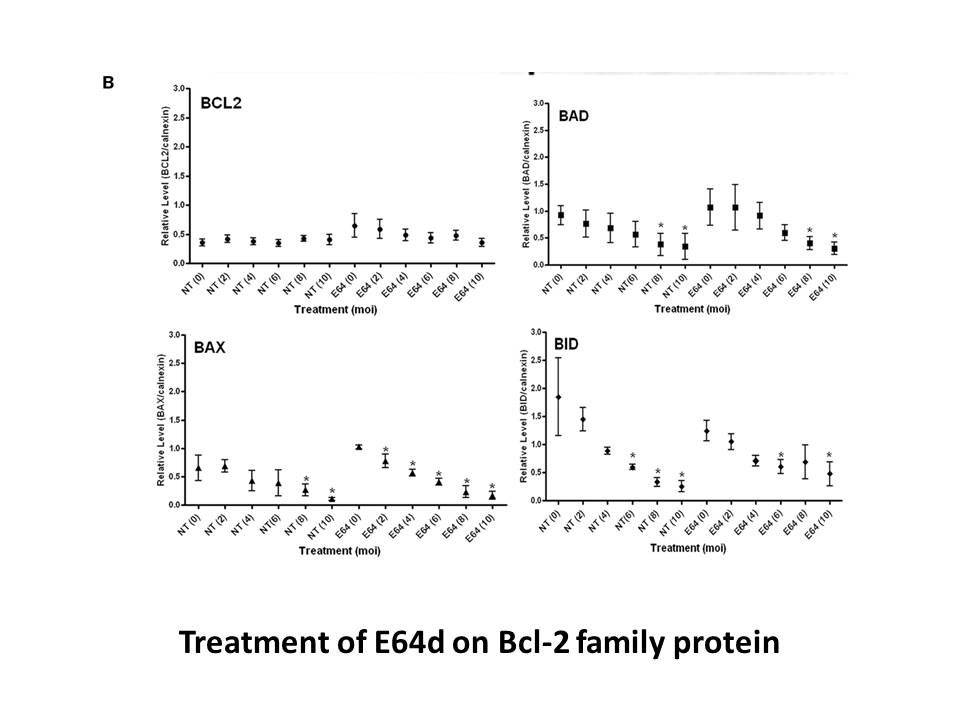
Results and discussion Conclusion This study describes the development of a highly sensitive on-sorbent derivatisation technique, using the novel high-surface area CMV devices, to sample methamphetamine vapour. Previous methods for air sampling for methamphetamine such as sampling cassettes ha
-
Of the acidic hydroxyazoles involved hydroxypyrazole had
2020-04-22

Of the acidic hydroxyazoles involved, hydroxypyrazole had the weakest acidic profile (pKa in the range of 6–7), although highly deprotonated at physiological pH. During hit optimization, the two pyrazole ring positions available for substitution provide an opportunity for a better exploration of the
-
br Experimental procedures br Introduction Perfluorooctane s
2020-04-22
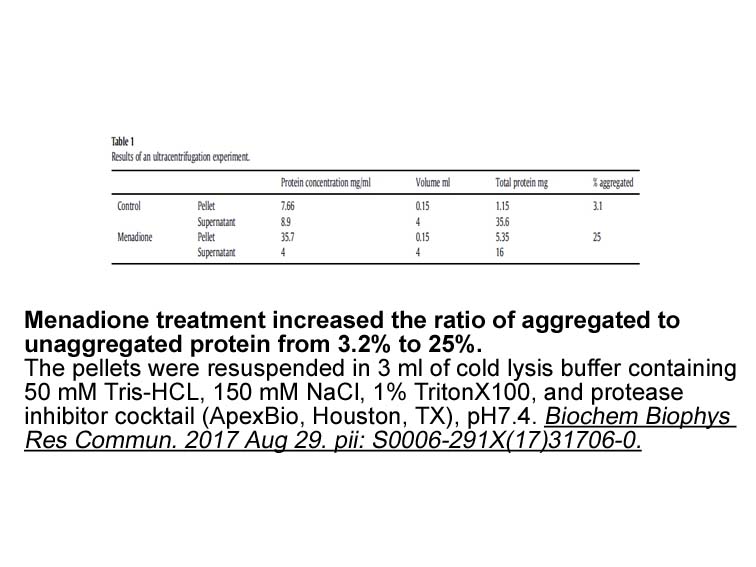
Experimental procedures Introduction Perfluorooctane sulfonate (PFOS) is an anthropogenic compound with high thermal, chemical and biological stability, which makes it a perfect ingredient for many industrial applications (Kissa, 2001). Nevertheless, these characteristics also mean that PFOS i
-
br Acknowledgments This work was funded by the EU ERDF
2020-04-22
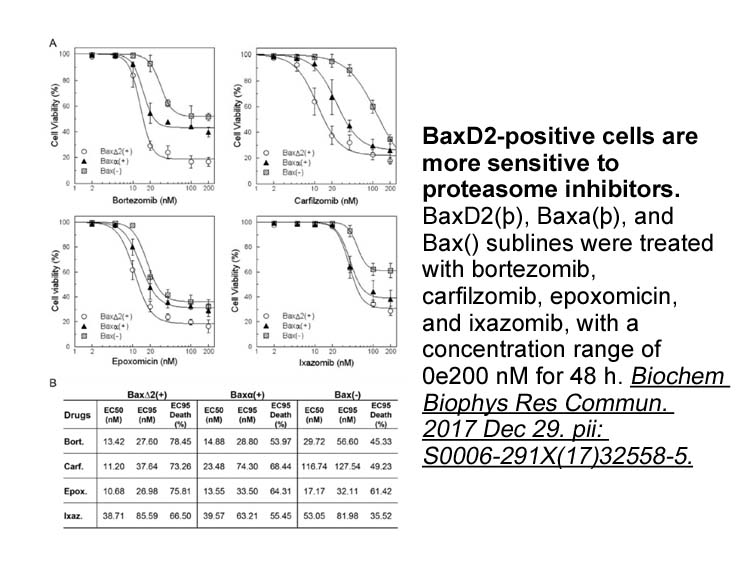
Acknowledgments This work was funded by the EU ERDF and the Spanish Ministry of Economy and Competitiveness (MINECO) under Project TIN2013-41576-R, and the Spanish Ministry of Education, Culture and Sport (MECD) under a FPU grant (AP2010-3259), and the Andalusian Regional Government (Spain) under
-
EBI and its ligand s
2020-04-22
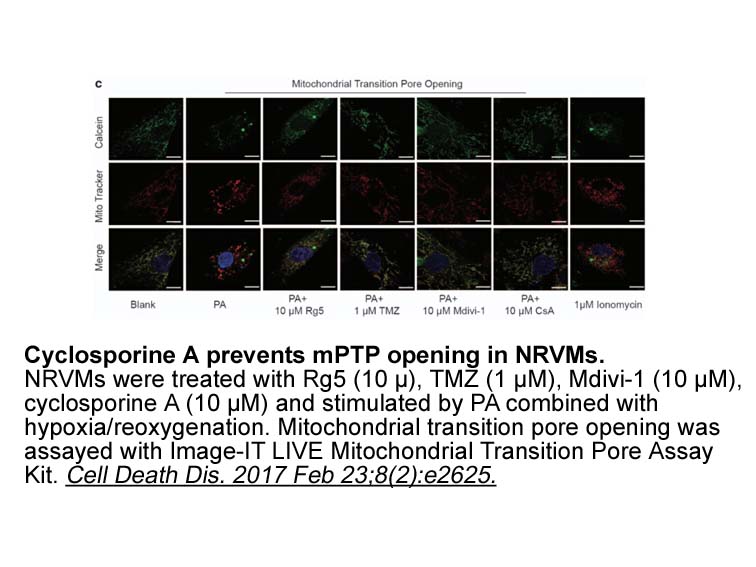
EBI2 and its ligand(s) EBI2 was found in a screen of upregulated genes in human B cells upon infection with EBV [1]. EBI2 is a G-protein (Gαi type) coupled receptor [2] but as long as 18 years after its discovery the nature of its ligand remained undisclosed. With the help of transfected cell lines
-
br Materials and methods br Results br Discussion
2020-04-22
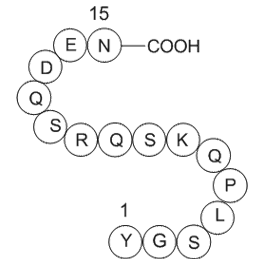
Materials and methods Results Discussion We recently detected phosphorylation of tyrosine Y102 in BPV-1 E2 and reported that FGFR3 binds to E2 and limits E1 dependent viral DNA replication (Culleton et al., 2017, Xie et al., 2017). In the current study, we addressed the potential role of ot
-
One of the most fundamental distinctions between Ub signals
2020-04-22

One of the most fundamental distinctions between Ub signals is substrate monoubiquitination versus polyubiquitination. With the exception of the E2, UBE2W, which represents a special case because it MRS 2768 tetrasodium salt sale only ubiquitinates the flexible N-termini of substrates [5], [6], [20
-
Several functions of FAT have been suggested It
2020-04-22
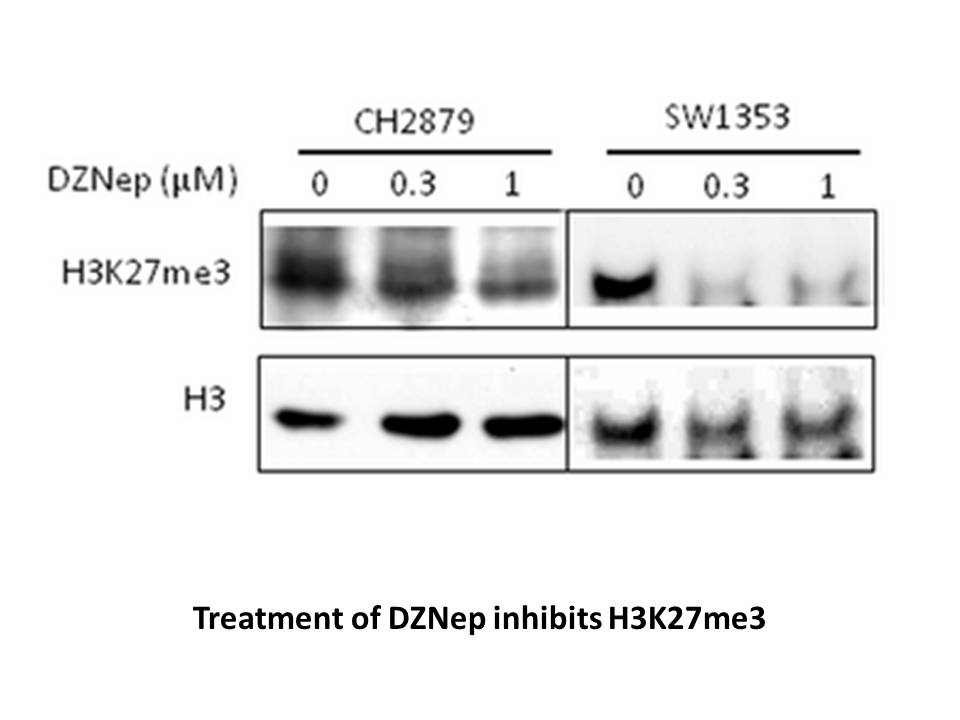
Several functions of FAT10 have been suggested. It has been shown that FAT10 binds noncovalently to the mitotic spindle checkpoint protein MAD2 and that this binding might cause chromosome instability in the cancer chir99021 overexpressing FAT10 (Liu et al., 1999, Ren et al., 2006). In other studies
-
On the opposite side sPLA X has also been implicated
2020-04-22
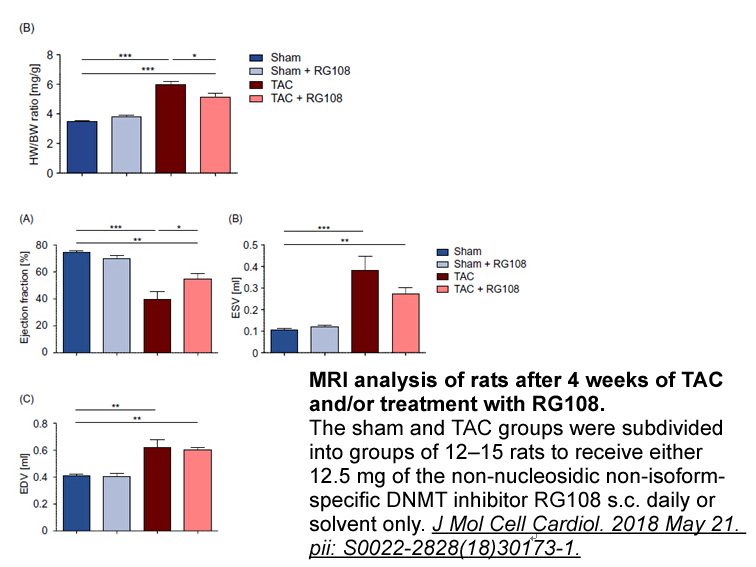
On the opposite side, sPLA2-X has also been implicated in the pathology of cancer [167,168]. Human sPLA2-X induces lipid droplet formation in Ras-driven MDA-MB-231 triple-negative breast cancer LY2090314 and promotes their survival during nutrient stress. It acts through the products of its enzymati
-
Related with the studies by Zizza et al
2020-04-22
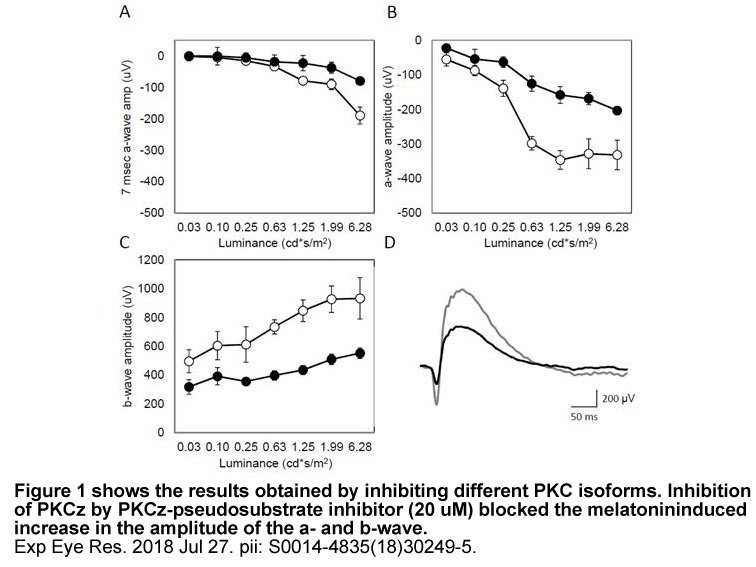
Related with the studies by Zizza et al. described above [66], work by Ward et al. [68] suggested that the C2 domain of cPLA2α, which binds to zwitterionic membranes with high affinity in a Ca2+-dependent manner, has a high membrane remodeling activity, producing dramatic changes in membrane curvatu
-
br Use of recombinant collagen to study
2020-04-22

Use of recombinant collagen to study DDR–collagen interactions Synthetic peptides have proven highly valuable in replicating the characteristics of collagen and in defining the sites on collagen essential for binding and studying protein–collagen interactions. There are, however, disadvantages to
-
Despite a high affinity for
2020-04-21
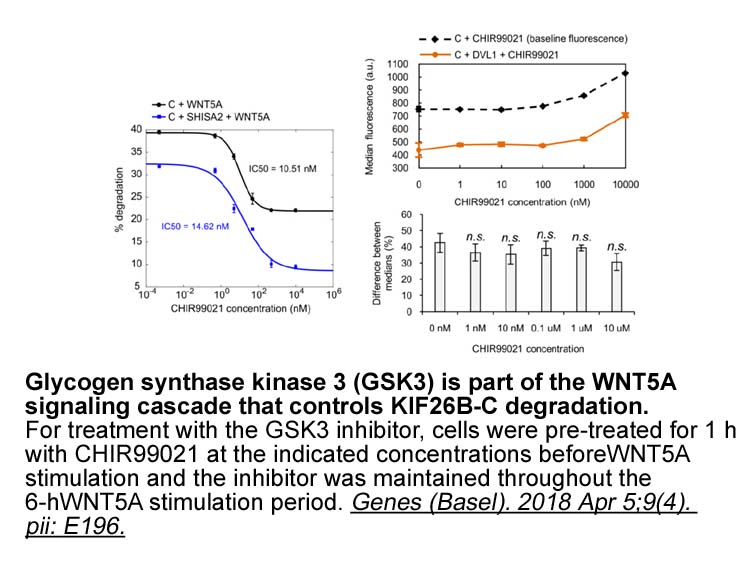
Despite a high affinity for progesterone and a relatively high affinity for testosterone [7], the binding of progesterone and testosterone to CBG is often disregarded [1], [2], [3]. However, the concentrations of these two hormones varies considerably under both normal physiological and pathophysiol
-
TRAF and TRAF were initially identified as tumor necrosis
2020-04-21

TRAF1 and TRAF2 were initially identified as tumor necrosis factor receptor 2 (TNRF2)-associated components, TRAF4 was overexpressed in breast carcinoma cells, whereas TRAF3, TRAF5 and TRAF6 were discovered by their interaction with specific domains in the cytoplasmic tails of trans-membrane recepto
-
Crystallographic and NMR based analyses have revealed
2020-04-21
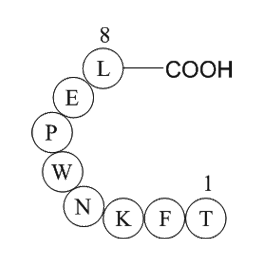
Crystallographic and NMR-based analyses have revealed that RINGs and U-boxes have a common mode of interaction with E2s (Fig. 2A). The key structural elements are two loop-like regions, which, in the case of RINGs, coordinate Zn. The loops surround a shallow groove formed by the central α-helix. Tog
14493 records 846/967 page Previous Next First page 上5页 846847848849850 下5页 Last page